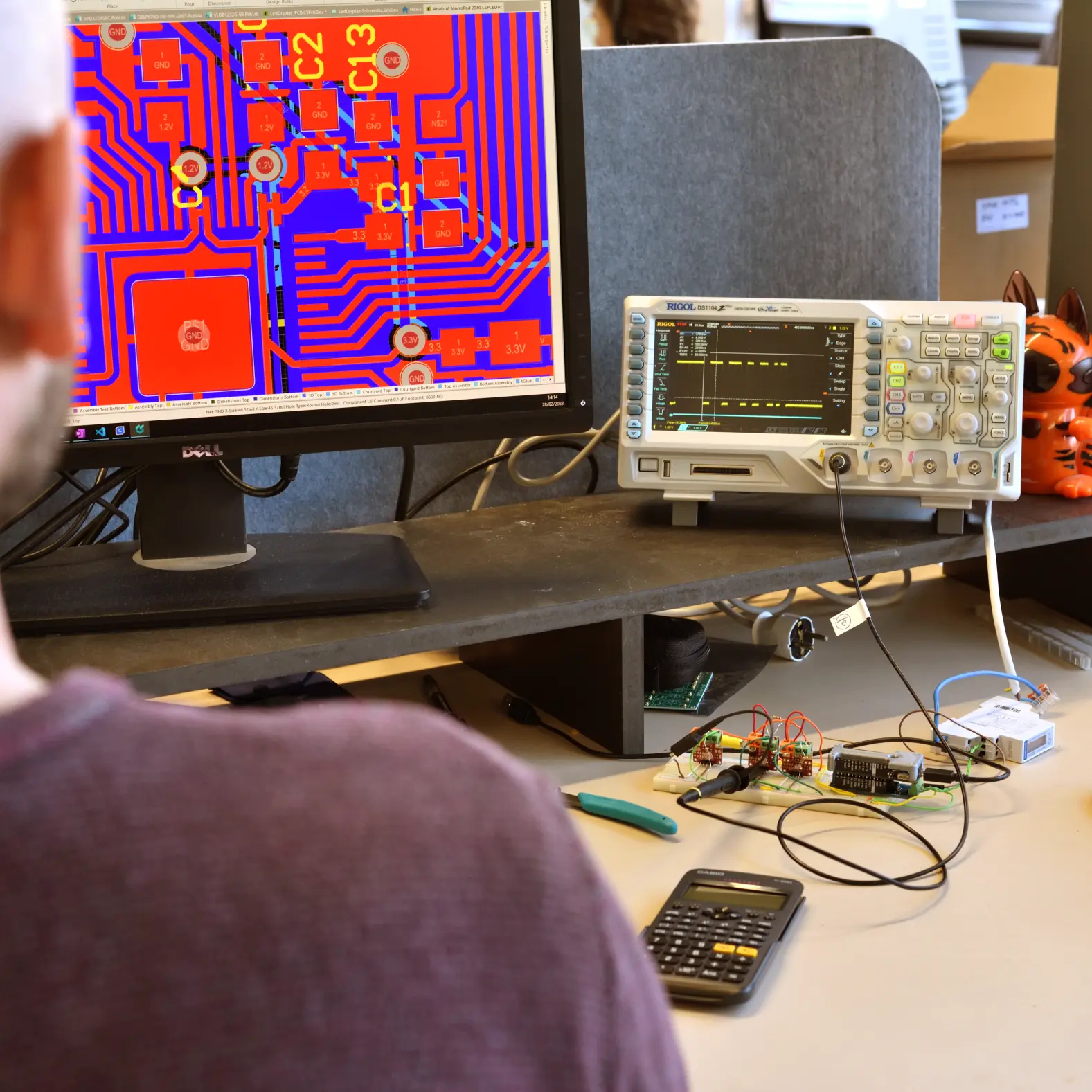At Spark, we know that hardware scalability is only half the story. Without a solid electronics strategy, even the most beautifully designed robots (or medical devices, or industrial tools) remain stuck in perpetual prototype mode. More importantly, hardware and electronics development should go hand in hand—not as separate disciplines, but as an integrated process.
From off-the-shelf modules to custom electronics
Early prototypes thrive on pre-built sensor modules, motor controllers, and development boards. They’re perfect for rapid iteration but not built for mass production.
Take the SolarChef solar-powerd cooking unit, for example. In its early stages, it relied on modular components to test functionalities. But to scale it up, we designed a custom PCB, integrating essential functions into one efficient, cost-effective board—reducing complexity, size, and failure points.
The lesson? A custom PCB isn’t just an upgrade; it’s a necessity.



.svg.png)











visible-sustainability-Insight%20hero.webp)

















